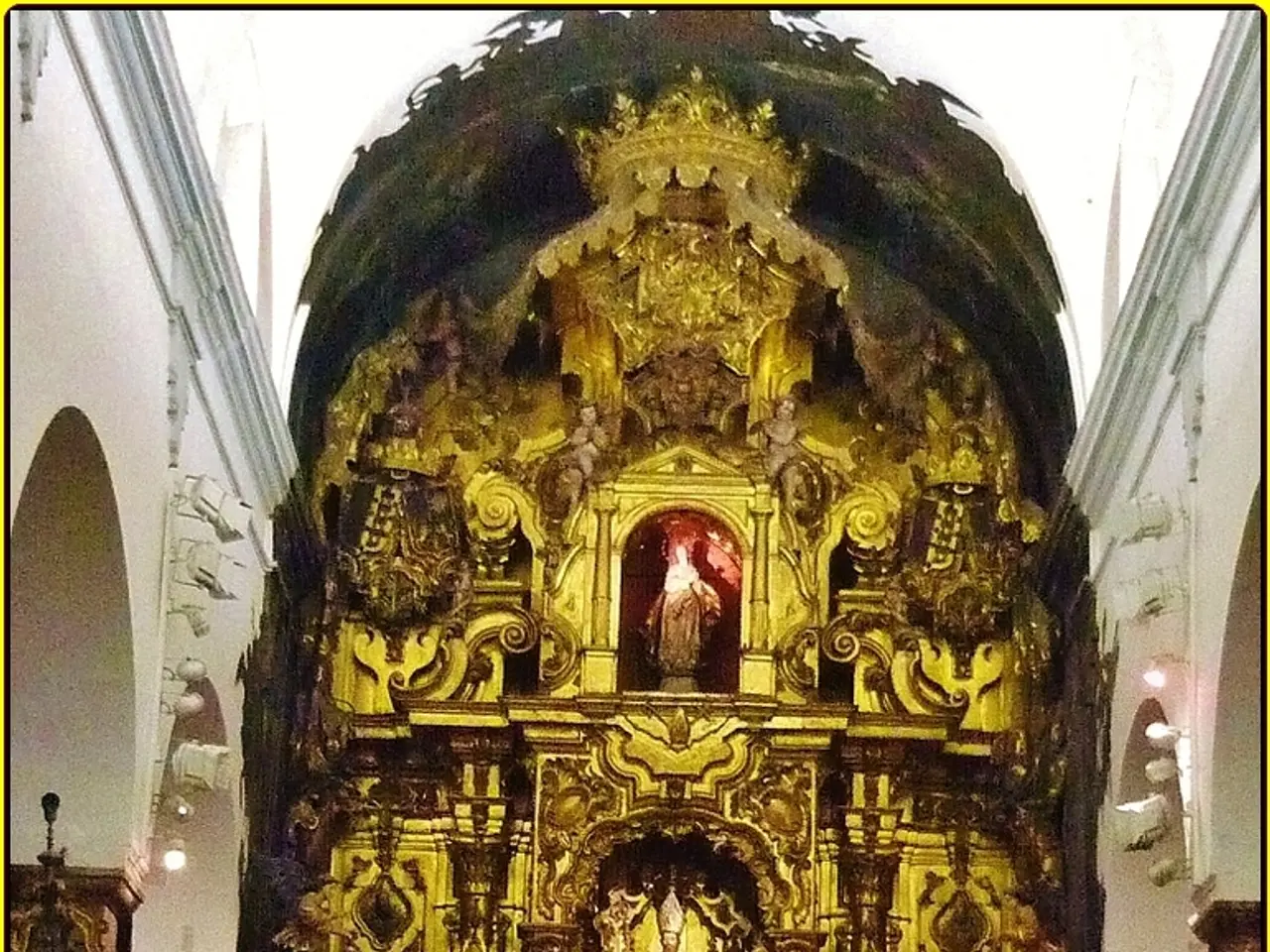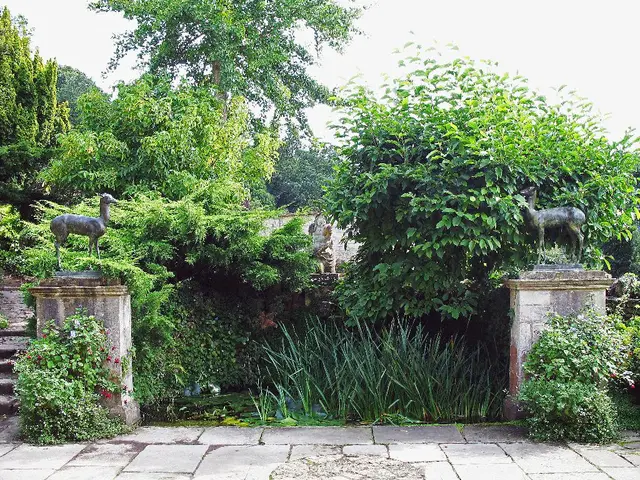Kazakh Artifacts: Heritage and Symbolic Importance of Jewelry
Kazakh Traditional Jewelry: A Symbol of Cultural Pride and Identity
Kazakh traditional jewelry, steeped in history and symbolism, is a testament to the rich cultural heritage of the Kazakh people. These adornments, such as the intricate sholpy hair jewelry, serve as markers of identity, social status, and life stages within Kazakh nomadic culture.
Sholpy, along with other hair ornaments, carries deep historical and cultural significance. Historically, these pieces indicated a woman's age, marital status, and social position. They often incorporate symbols derived from nature and Kazakh mythology, like the "koshkar-muiz" (ram’s horns), which symbolize strength and prosperity.
Beyond their decorative role, these jewelry pieces are often made from precious or symbolically significant materials, sometimes with gold embroidery or local stones, underscoring wealth or social standing. The hair jewelry was especially important in marking life transitions, such as marriage or motherhood, involving specific headdresses or turban styles like the kimeshek that denote a shift in a woman's social role post-childbirth.
In the contemporary cultural landscape, Kazakh women have been reclaiming sholpy and similar traditional jewelry as emblems of cultural heritage and identity. This revival involves wearing these pieces not only on ceremonial occasions but also integrating elements into modern fashion and daily wear, which helps preserve tradition while adapting it for a globalized world.
One example of this adaptation is the shashtenge, also known as solkebai, which combines gold or silver coins designed to fasten to braids. The name derives from the Russian term "tselkovy." Another notable piece is the shashbau, a ribbon adorned with precious stones, embroidery, and beads, which is braided into plaits and celebrated in folk songs as a cherished heirloom.
Hair jewelry in Kazakh culture holds profound spiritual significance, and women meticulously cared for their hair using traditional remedies. To protect braids from sunlight and dust, shashkap, velvet or velour covers embroidered with gold threads and beads, are used. Breast ornaments such as the tumarsha serve as protective amulets, often containing prayers or sacred items like owl feathers, reflecting the wearer's spiritual beliefs and social identity.
Kazakh traditional jewelry is experiencing a revival, celebrated for its intricate craftsmanship and cultural depth. The kus muryn (bird's beak) ring, worn by unmarried girls, symbolizes freedom and independence. Rings, earrings, and breast ornaments designed to reflect social roles or life transitions, such as marriage or motherhood, are also gaining renewed interest.
In summary, Kazakh traditional hair jewelry serves as a rich cultural symbol intertwined with the social fabric of Kazakh nomadic life, with modern adaptations demonstrating an active cultural revival and reinterpretation by contemporary Kazakh women. These reinterpretations, while rooted in tradition, are also a reflection of the dynamic interplay between culture and contemporary fashion, ensuring these customs remain vibrant and meaningful for future generations.
[1] Reference: Kazakh Traditional Jewelry: A Symbol of Cultural Pride and Identity
Fashion-and-beauty trends now include the integration of Kazakh traditional hair jewelry, such as the shashtenge or shashbau, into modern daily wear, preserving tradition while adapting it for a changing world. Home-and-garden items like shashkap, velvet or velour covers embroidered with gold threads and beads, are used by Kazakh women to protect hair jewelry from sunlight and dust, showing the deep importance of these pieces in their cultural lifestyle.



